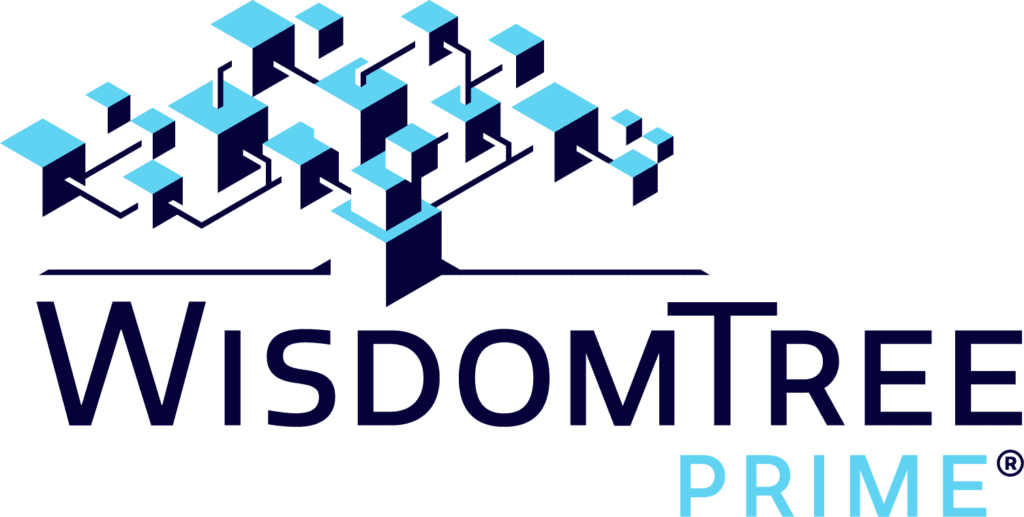The economy keeps showing signs of strength and resilience. Our favorite high frequency data indicator, jobless claims, again came in very low and shows great strength in the labor markets.
We had two inflation reports last week. On Thursday, the CPI came in a little hotter than expected, but Friday’s PPI was below expectations. The Bureau of Labor Statistics (BLS) puts out commentary along with the statistics, specifically “The Shelter index [the cost of rentals and owner-occupied homes which is 41% of the core index] increased 6.2% over the last year, accounting for over 2/3 of the total increase in all core inflation.” In contrast, real world rental indexes like Apartment List’s measure or Core Logic show almost no rental price inflation or even declining prices.
We had been utilizing Case Shiller home prices in lieu of the owners’ equivalent rent (OER) in an alternative shelter calculation, but even Case Shiller housing is now likely biased higher by the increase in cash transactions of high-priced homes. We are investigating alternative indices, but the bottom line is that shelter inflation is much lower than the 6.2% figure reported by the BLS.
My sense is that the inflation trajectory is well on the way downward. If you put in a 0% for shelter inflation, overall core CPI y-o-y reads out between 1 and 2%. I believe this is the view the market is taking, as it starts to price in cuts to rates starting in March and continuing through year end.
Of course, we have oil prices rising as a result of escalating tensions in the Red Sea area. But I think the Fed will look past those issues—as they concentrate on the core measure of inflation that excludes energy prices. The U.S. is basically self-sufficient with respect to energy now. We import certain types of oil, and we export liquid natural gas.
Being self-sufficient minimizes the impact of rising energy prices on the U.S. We have nowhere near the sensitivity as Japan and Europe which import energy. Our energy sector gains are the losses to consumers and that balances out at economy level and creates sector rotation when oil rises.
Bank earnings have been mixed, with some special items bringing down profits. United Health Care also faced pressure after costs escalated. Health care inflation has not been an issue, but perhaps utilization of health care has risen, and it will be interesting to watch if cost pressures spread. In general, I expect profit margins in other industries to be well supported.
Last week we witnessed approval of Bitcoin ETFs. In my view these ETFs should have been approved much earlier. There was a lot of anticipation and hype surrounding this, so I am not surprised Friday was a “buy the rumor/sell the news” day. I generally am neutral on bitcoin as an asset class, but I do like the competition it provides to a rather lazy banking system that needs to improve monetary transfer systems. Bitcoin trades and settles 24/7. Our traditional finance system should learn and adopt features of the technology.
If bitcoin serves a similar purpose as being a digital alternative currency like gold, my work in long-term asset class returns showed gold provided inflation protection, but little else. Over the real long-term gold has shown less than 1% real returns over the last 200 years. But the bull case is that 1 to 3% of portfolios will be allocated to bitcoin, which will push prices higher. These ETFs are providing a useful tool to access exposure.
Glossary
Bitcoin (the currency): A digital currency (also called a cryptocurrency) created in 2009, which is operated by a decentralized authority as opposed to a traditional central bank or monetary authority.
Case-Shiller Home Price Indexes: A group of indexes that tracks changes in home prices throughout the United States. The indexes are based on a constant level of data on properties that have undergone at least two arm’s length transactions. Case-Shiller produces indexes representing certain metropolitan statistical areas (MSA) as well as a national index.
Consumer Price Index (CPI): A measure that examines the weighted average of prices of a basket of consumer goods and services, such as transportation, food and medical care. The CPI is calculated by taking price changes for each item in the predetermined basket of goods and averaging them; the goods are weighted according to their importance. Changes in CPI are used to assess price changes associated with the cost of living. Core CPI excludes food and energy costs.
Core inflation: Inflation excluding the impact of food and energy.
Federal Reserve (Fed): The Federal Reserve System is the central banking system of the United States.
Producer Price Index (PPI): A weighted index of prices measured at the wholesale, or producer level.
Past performance is not indicative of future results. You cannot invest in an index.
Professor Jeremy Siegel is a Senior Investment Strategy Advisor to WisdomTree Investments, Inc. and WisdomTree Asset Management, Inc. This material contains the current research and opinions of Professor Siegel, which are subject to change, and should not be considered or interpreted as a recommendation to participate in any particular trading strategy, or deemed to be an offer or sale of any investment product and it should not be relied on as such. The user of this information assumes the entire risk of any use made of the information provided herein. Unless expressly stated otherwise the opinions, interpretations or findings expressed herein do not necessarily represent the views of WisdomTree or any of its affiliates.







